Challenges

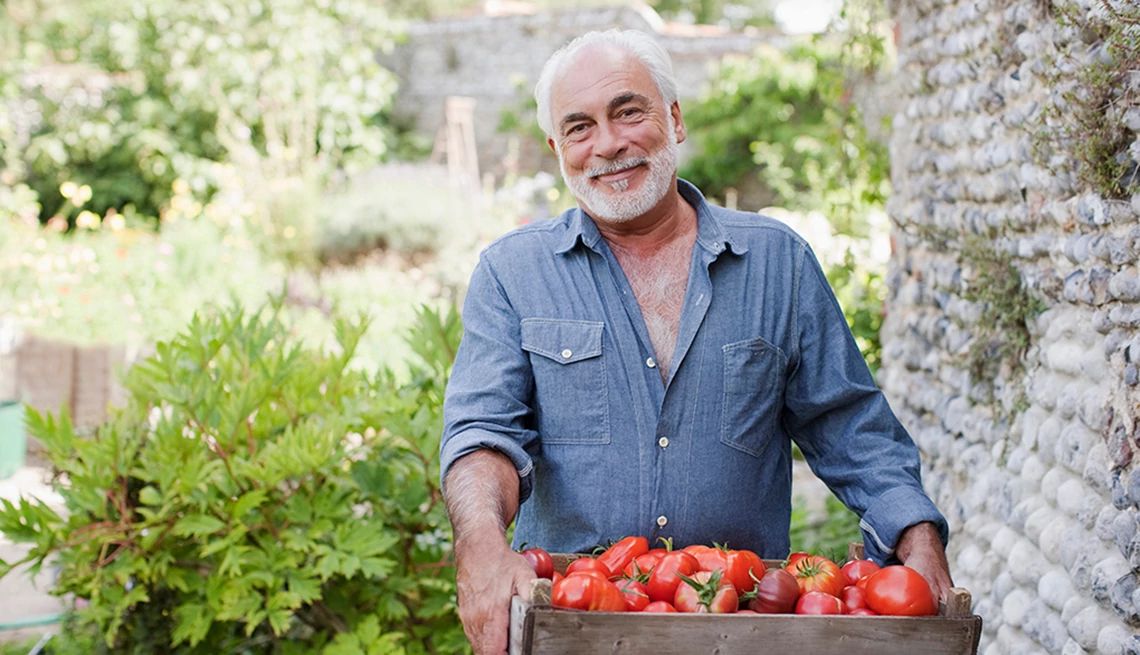
The message about the importance of regular exercise is hard to miss these days. There’s ample research-backed evidence that staying active is good for your heart, your brain and your waistline. It can help lower your risk of diabetes, Alzheimer’s and certain cancers. And yet, only 39 percent of adults ages 65 and older meet the current Centers for Disease Control and Prevention guidelines, which call for getting at least 150 minutes of aerobic exercise per week.
Do you really have to exercise?
Chances are, when you think about exercise, you imagine something like pedaling on a stationary bike at the gym or power walking around a track. But what if those activities aren't your favorites, but instead you could do something you find enjoyable — or that you need to do anyway — and still reap health benefits?
That’s where the idea of “non-exercise physical activity” comes in. Also known as nonrecreational physical activity, it’s things you do throughout your day when you’re not resting or working out — such as playing in the yard with your grandkids or walking up and down the grocery aisles. And research suggests that doing more of this type of movement is great for your brain and overall well-being.
In a study of 2,471 adults over age 65, the majority of whom did not formally exercise, those who were the most active in other ways — doing housework, gardening or taking care of pets — were more likely to remain independent in performing daily activities as they aged. Moving around while doing non-exercise physical activity may also help support cognitive function, according to the researchers, who published their results in BMJ Open in 2024.
“Our bodies do not care whether we call activity ‘exercise’ or not, as long as it is activity of value,” says Scott Lear, professor of health sciences at Simon Fraser University in Canada. Lear co-authored a 2022 study published in JAMA Cardiology that looked at sedentary behavior and the risk of mortality and heart disease in more than 105,000 people between the ages of 35 and 70.

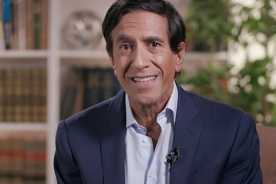
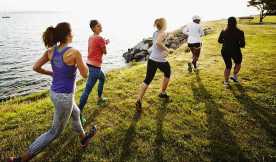

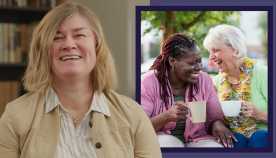
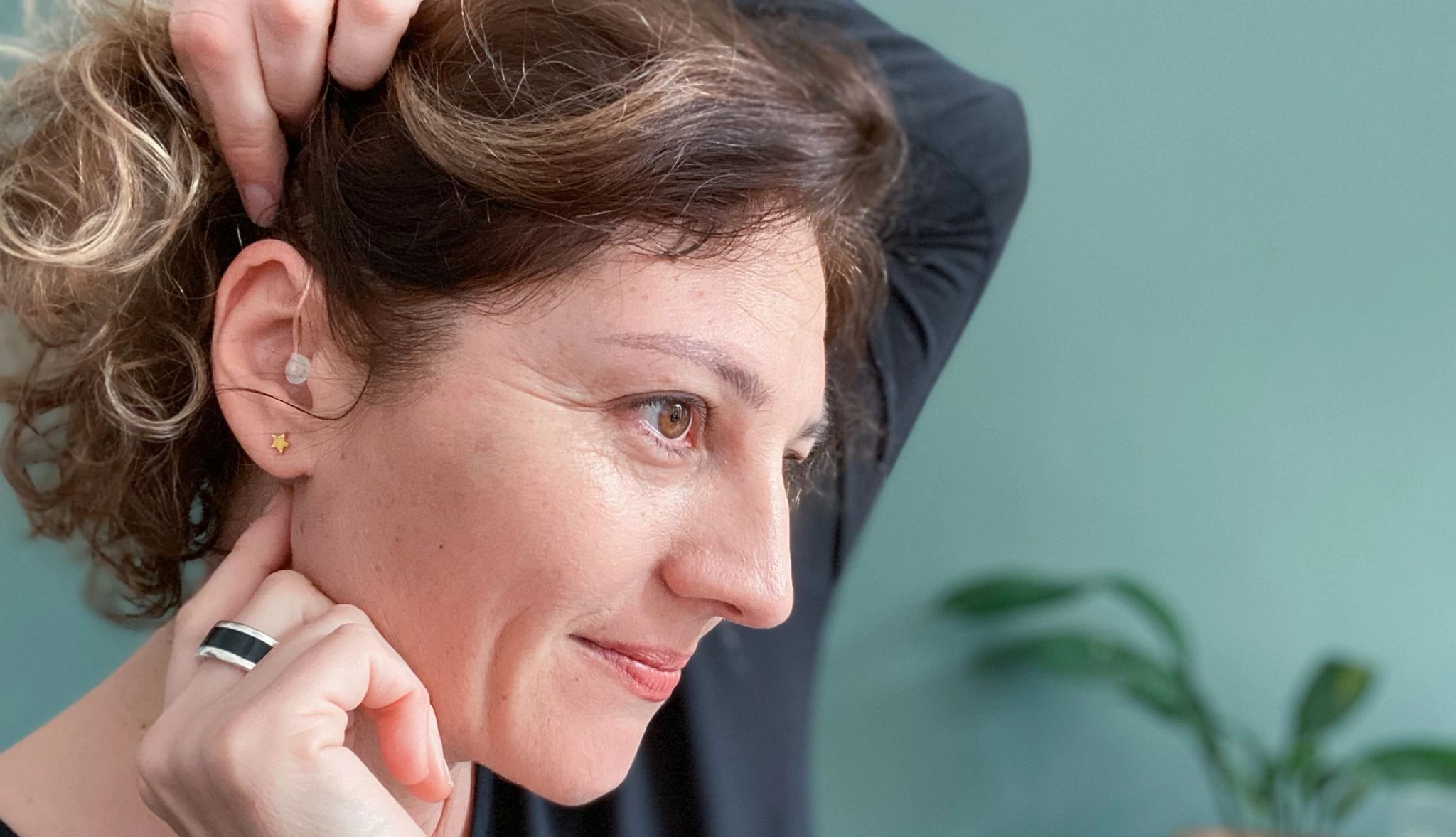






More From Staying Sharp
Jump for Joy and for Brain Health
It’s a fun workout you can do anywhere
Boot Pets From Your Bed
Cuddle with your furry friend during daytime hours
Add Strength Training to Your Week
Resistance exercise offers head-to-toe health benefits